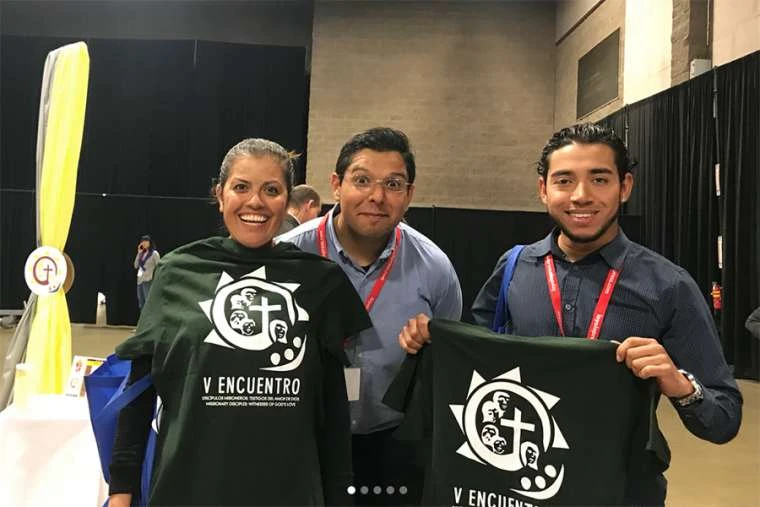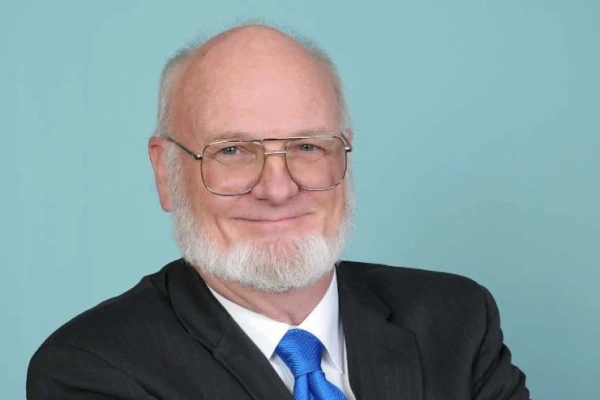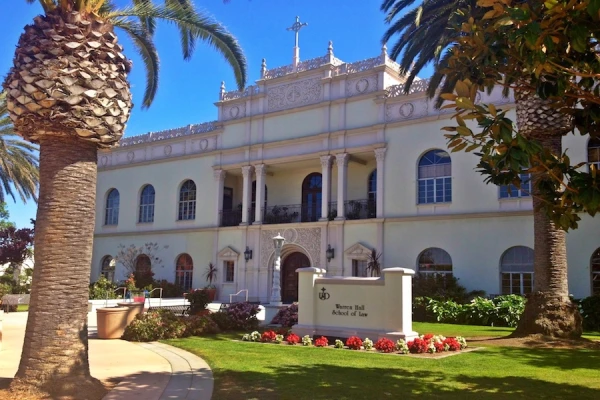
Fort Worth, Texas, Sep 20, 2018 / 03:01 am (CNA/EWTN News).- As many as 3,000 Catholics of Hispanic background are expected in Texas this week for the National V Encuentro, a culmination of four years of listening to and empowering Catholics of Hispanic background throughout the U.S.
“For the Church in the United States, not only did we see the leadership of our beautiful, diverse Hispanic community, but we see a leadership for the entire Church,” Bishop John Barres of Rockville Centre said in a video released ahead of the meeting.
The National V Encuentro (Fifth Encounter), to be held in Grapevine, Texas Sept. 20-23, is the culmination of four years of consultation and workshops at the parish, diocesan, and regional levels of the Church in the U.S.
This year’s theme is “Discípulos Misioneros: Testigos del amor de Dios” or “Missionary Disciples: Witnesses of the love of God”.
Delegates to the Encuentro were selected from the 165 dioceses and the nearly 250,000 people that participated in the local process over the past year. They will discuss topics already explored at the local levels that particularly pertain to Hispanics, such as the accompaniment of immigrants, access to higher education, lay leadership formation, and community outreach and evangelization.
The five main objectives of the meeting are: to encounter the needs and aspirations of Catholics of Hispanic background; to promote leadership opportunities for them; to develop new ways to form and encourage them in their vocations; to invite all Catholics to accompany Catholics of Hispanic background; and to develop “initiatives that prepare Hispanic Catholics to share and celebrate the Good News of Jesus Christ and to become leaven for the Reign of God in society.”
Speakers at the National V Encuentro include Auxiliary Bishop José Arturo Cepeda Escobedo of Detroit, Cardinal Daniel DiNardo of Galveston-Houston, Sr. Ana María Pineda from Santa Clara University in Calif., Cardinal Joseph Tobin, C.Ss.R. of Newark, and Supreme Knight Carl Anderson of the Knights of Columbus.
The National V Encuentro also includes daily Mass, a daybreak rosary, a bishop and young adult dinner encounter, and regional, inter-regional, and ministerial small group sessions.
Parish and diocesan leaders are hopeful ahead of the meeting that it will continue to bear the good fruit they are already seeing at the parish and diocesan level.
“It inspired people who may have been not as active in the parish…they’re really taking the leadership position seriously, it’s the missionary discipleship that we’re all called to,” Thomas Lyons, a seminarian for the Archdiocese of San Antonio, said in a video about local Encuentros.
Local Encuentro participant Alejandra Mancilla from Pelican Rapids, Minn. said the local Encuentro helped her to understand her English-speaking brothers and sisters, and to see more opportunities to serve with them.
“Even though we were at the same parish, we didn’t have many joint activities,” she said in the video.
The Archdiocese of Los Angeles, which held their diocesan Encuentro in January, reported that 3,000 people participated in the V Encuentro process at 65 parishes throughout the archdiocese.
In his reflection at the L.A. Encuentro, Archbishop Jose Gomez encouraged other Hispanics to see themselves as leaders and members of the Church, and not outliers.
“We are not new-comers or late-comers or outliers,” Gomez said. “The first Catholics in this country were Latinos! From Spain and from Mexico! Never forget that, my brothers and sisters!”
The National V Encuentro comes at a time when Hispanics make up one of the largest contingents of the Catholic Church in the country, representing about 40 percent of the Church in the United States in 2016.
The Hispanic population is particularly large among youth and young adults in the Church in the US: 50 percent of Catholics ages 14 to 29 are Hispanic, and 55 percent of Catholics under 14 are Hispanic. Though immigration rates from Hispanic countries have begun to slow in recent years, the percentage of Hispanics in the Church in the US is expected to continue growing during the next decade.
Hispanics have also contributed to religious renewal in the Bible Belt, where some Protestant churches are closing doors while some Catholic churches are bursting with new, mostly Hispanic, members.
The first National Encuentro in the United States was held in 1972, and it is a process that has continued at local, regional, and national levels ever since. The most recent Encuentro prior to the Grapevine meeting was held in 2000, with a related youth meeting held in 2006.
According to a letter issued by the U.S. bishops’ conference, the V Encuentro is an opportunity “to listen with profound attention to the needs, challenges and aspirations that the growing Hispanic/Latino population faces in daily life. It especially prepares us as a Church to better recognize, embrace, and promote the many gifts and talents that the Hispanic community shares in the life and mission of the Church and in the society.”
“The main objective (of Encuentro) is to find new ways of responding to the Hispanic and Latino presence in the Church, and for Hispanics and Latinos to better respond as missionary disciples in service to the entire Church,” Alejandro Aguilera-Titus, Assistant Director of Hispanic affairs for the U.S. Conference of Catholic Bishops, said in a video message produced by the bishops’ conference.
In his 2016 message for the V Encuentro, Pope Francis said that it was a way for the Church to discern how to “best respond to the growing presence, gifts, and potential of the Hispanic community.”
“Mindful of the contributions that the Hispanic community makes to the life of the nation, I pray that the Encuentro will bear fruit for the renewal of the American society and for the Church´s apostolate in the United States.”
If you value the news and views Catholic World Report provides, please consider donating to support our efforts. Your contribution will help us continue to make CWR available to all readers worldwide for free, without a subscription. Thank you for your generosity!
Click here for more information on donating to CWR. Click here to sign up for our newsletter.







Leave a Reply